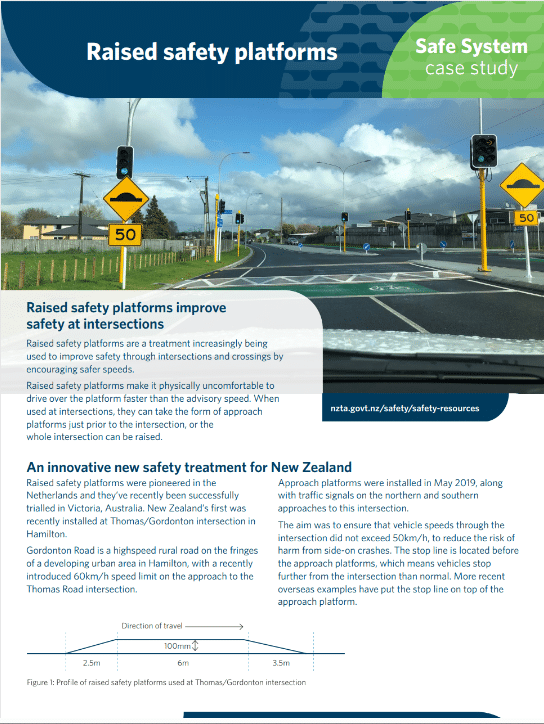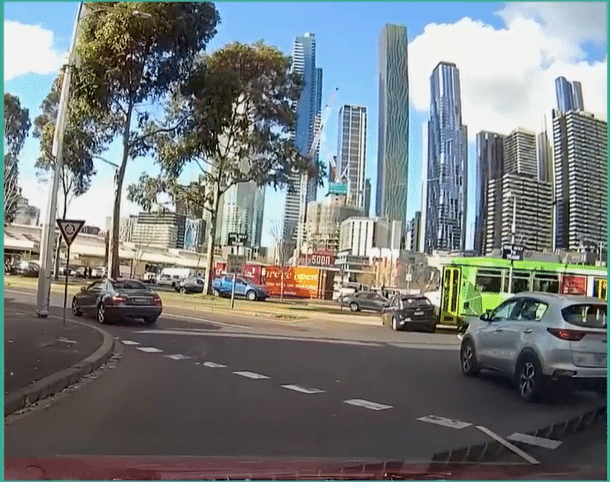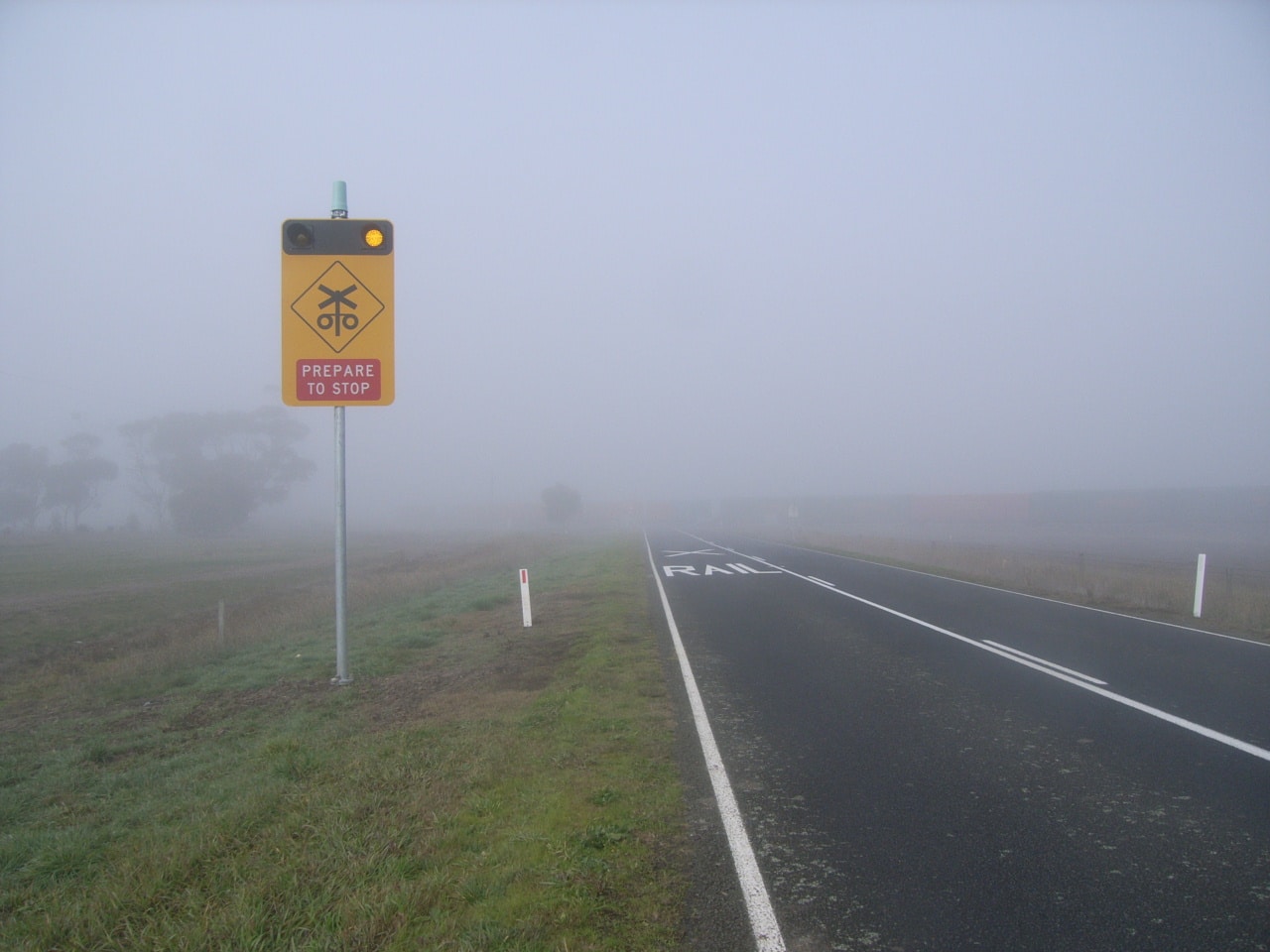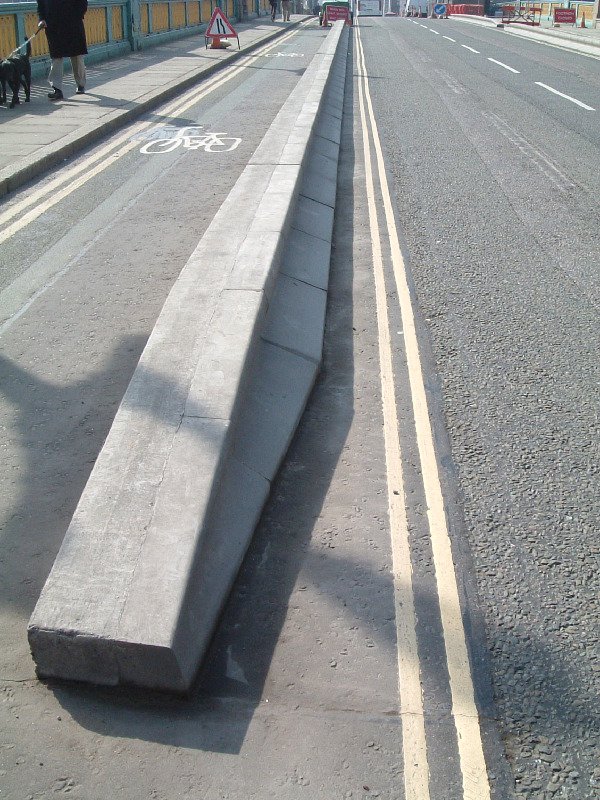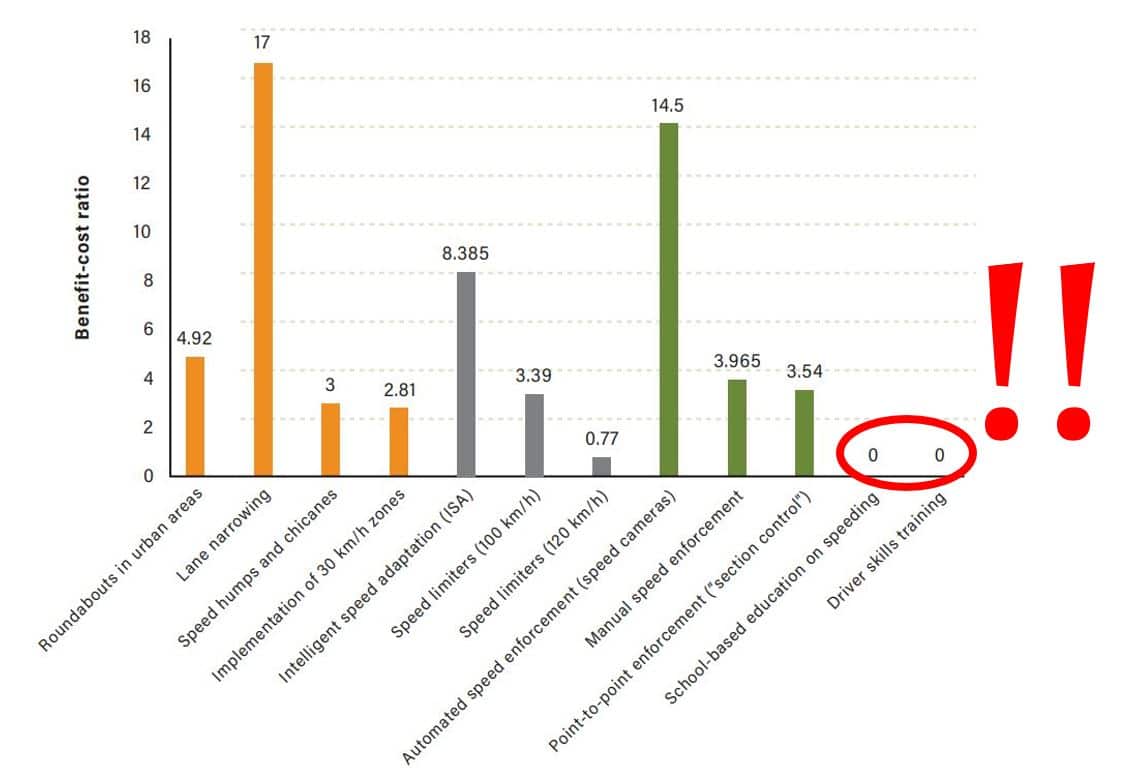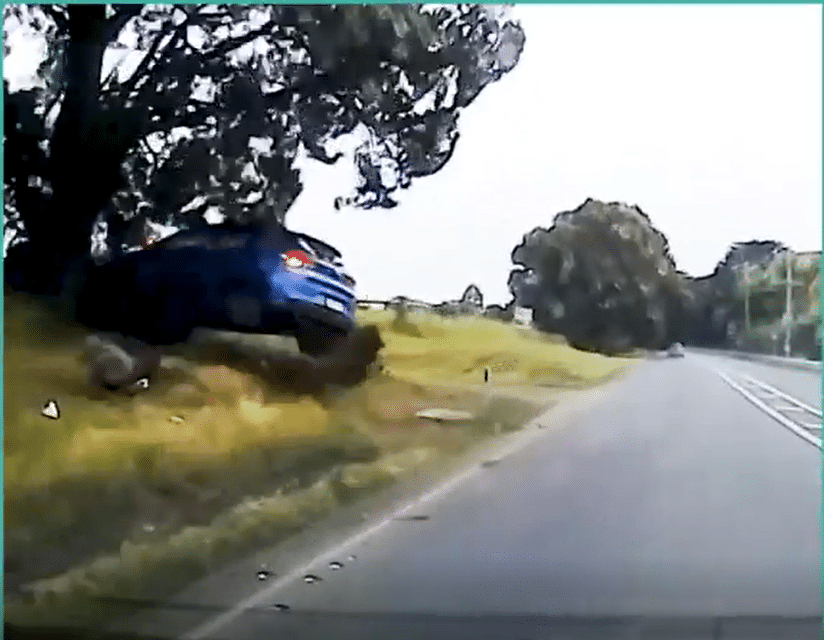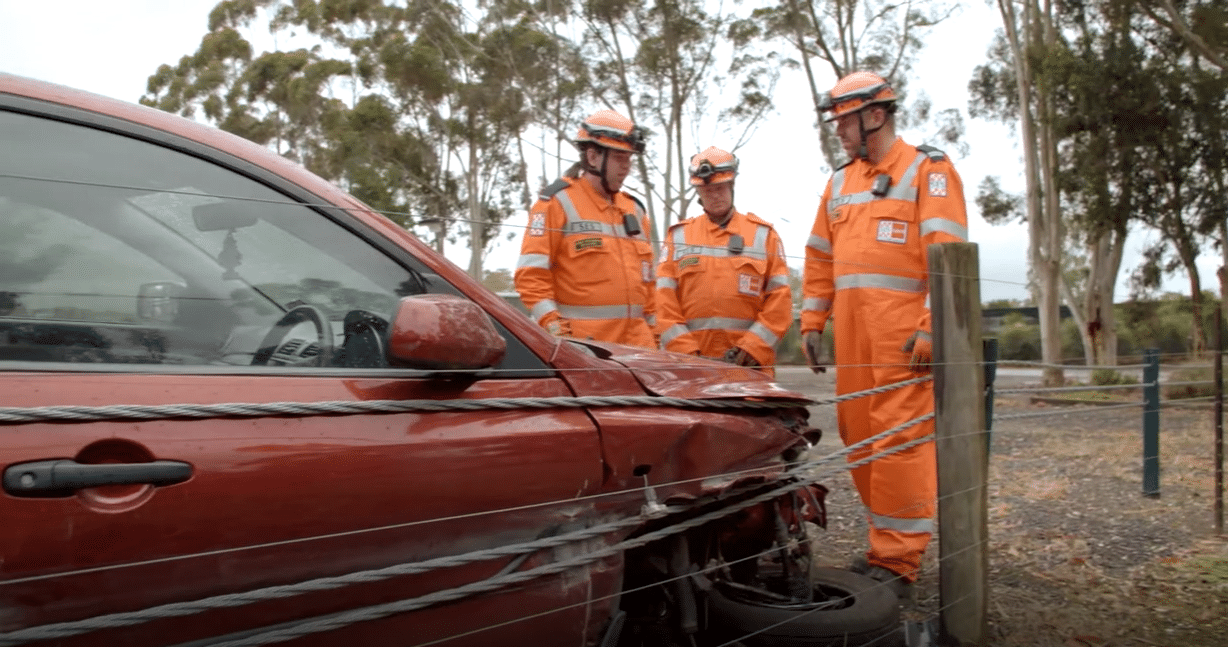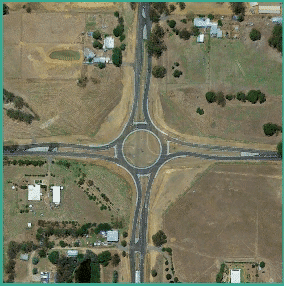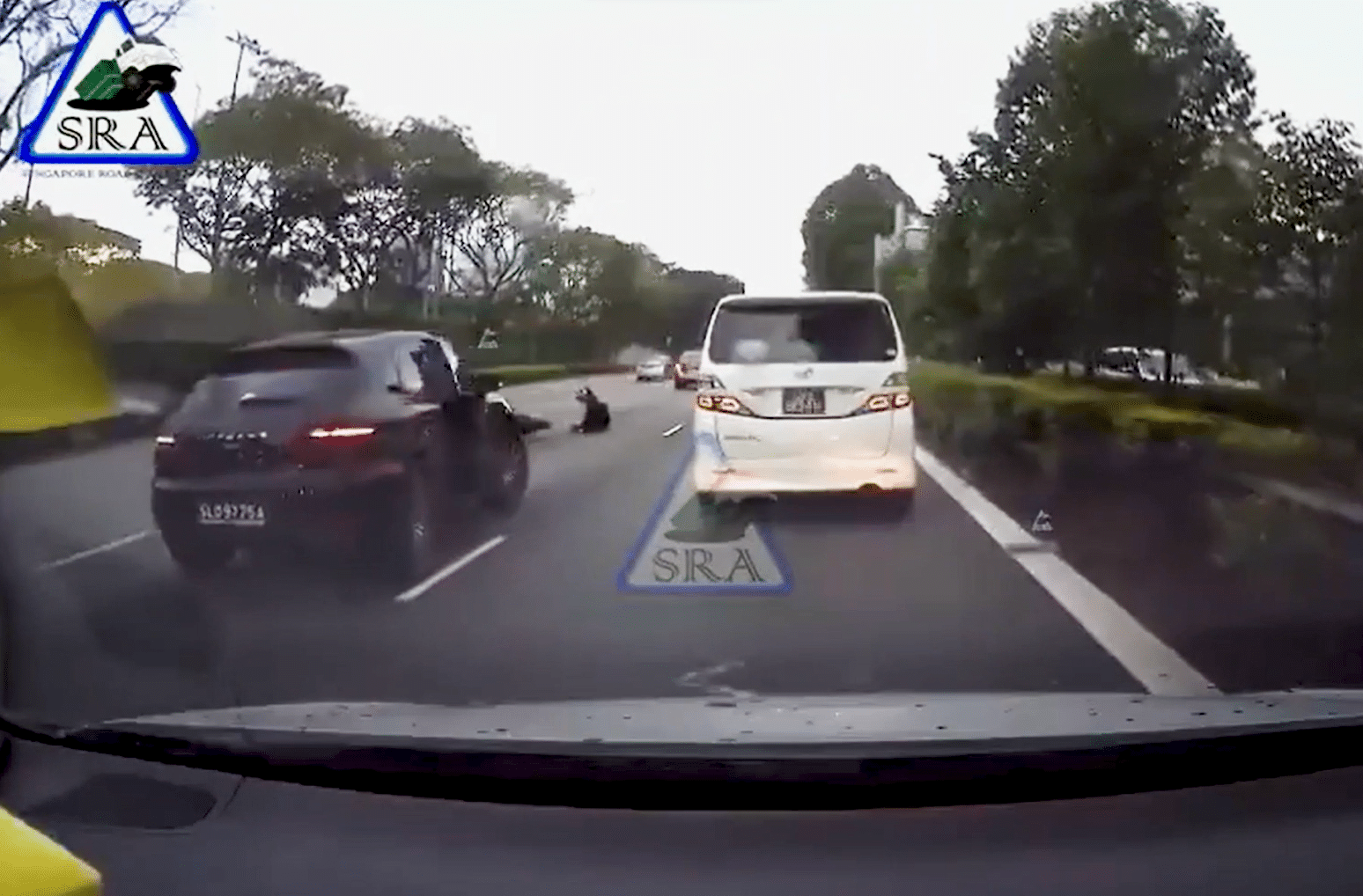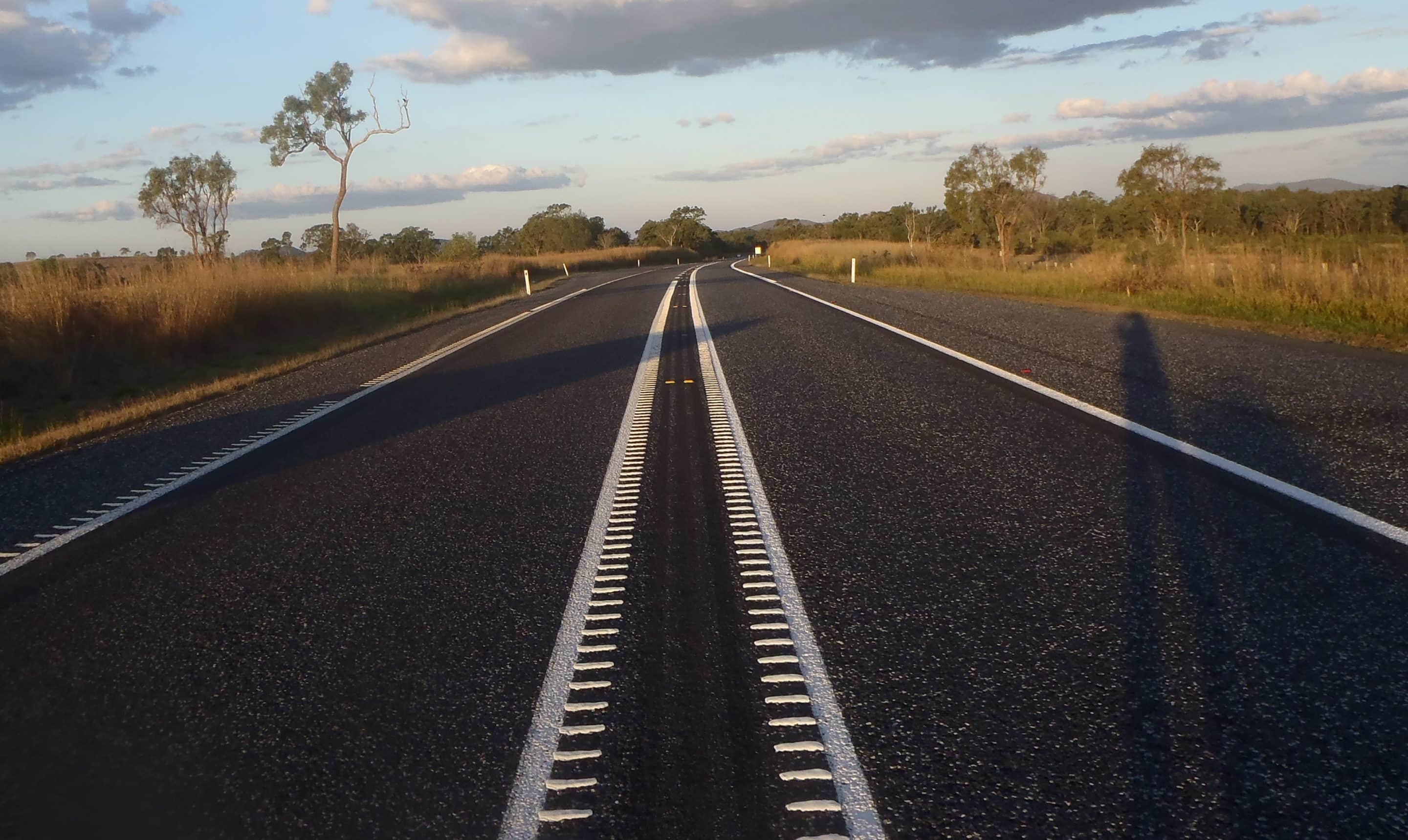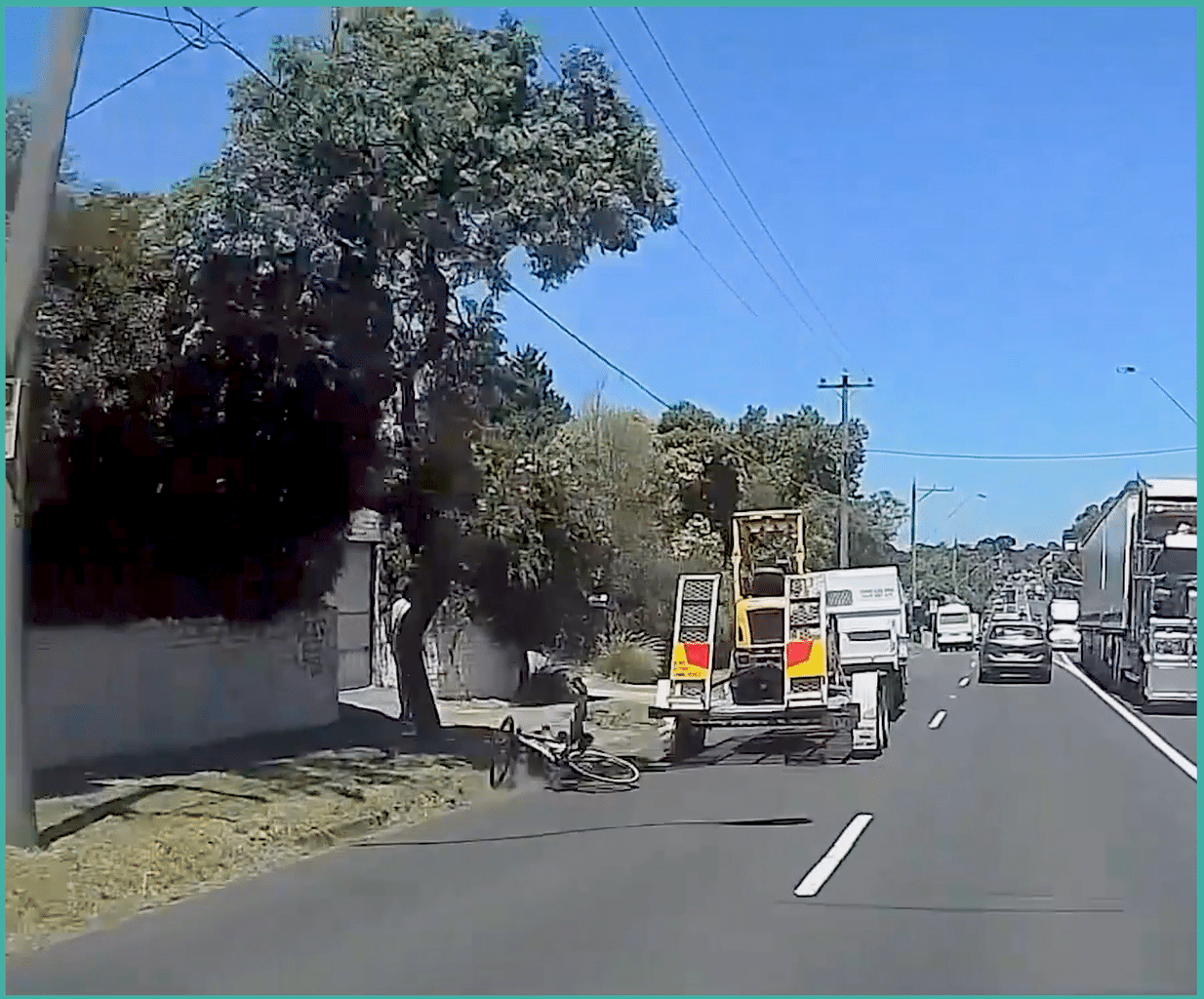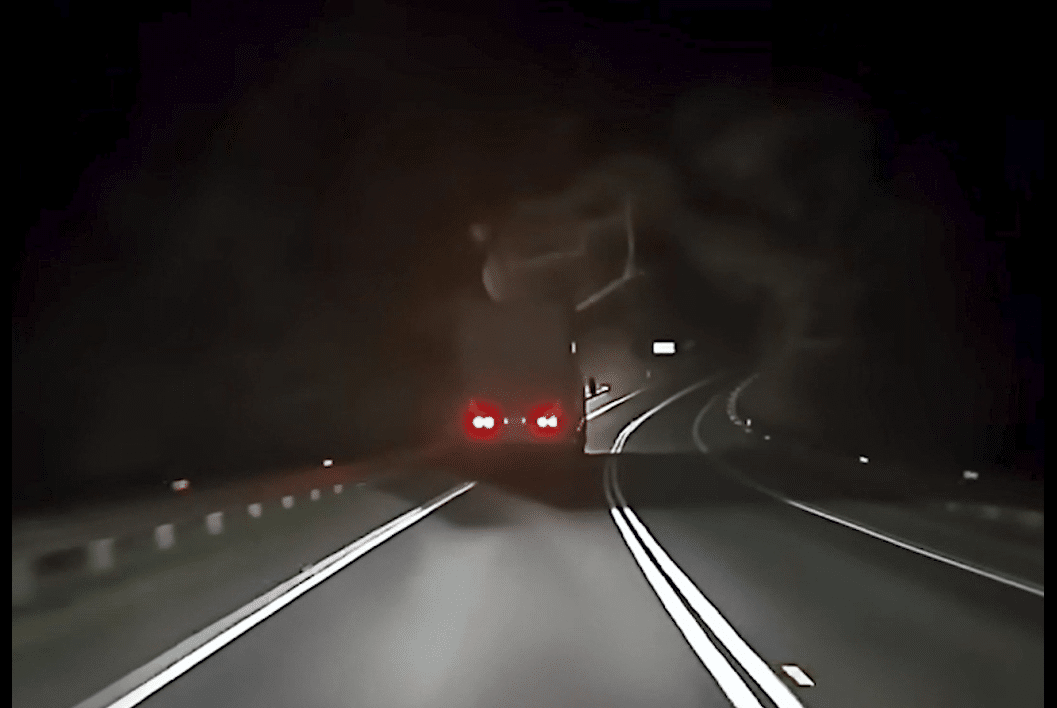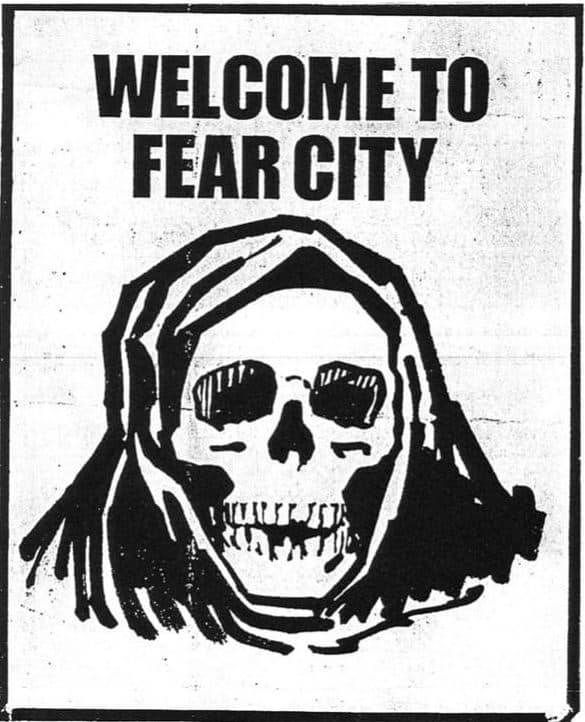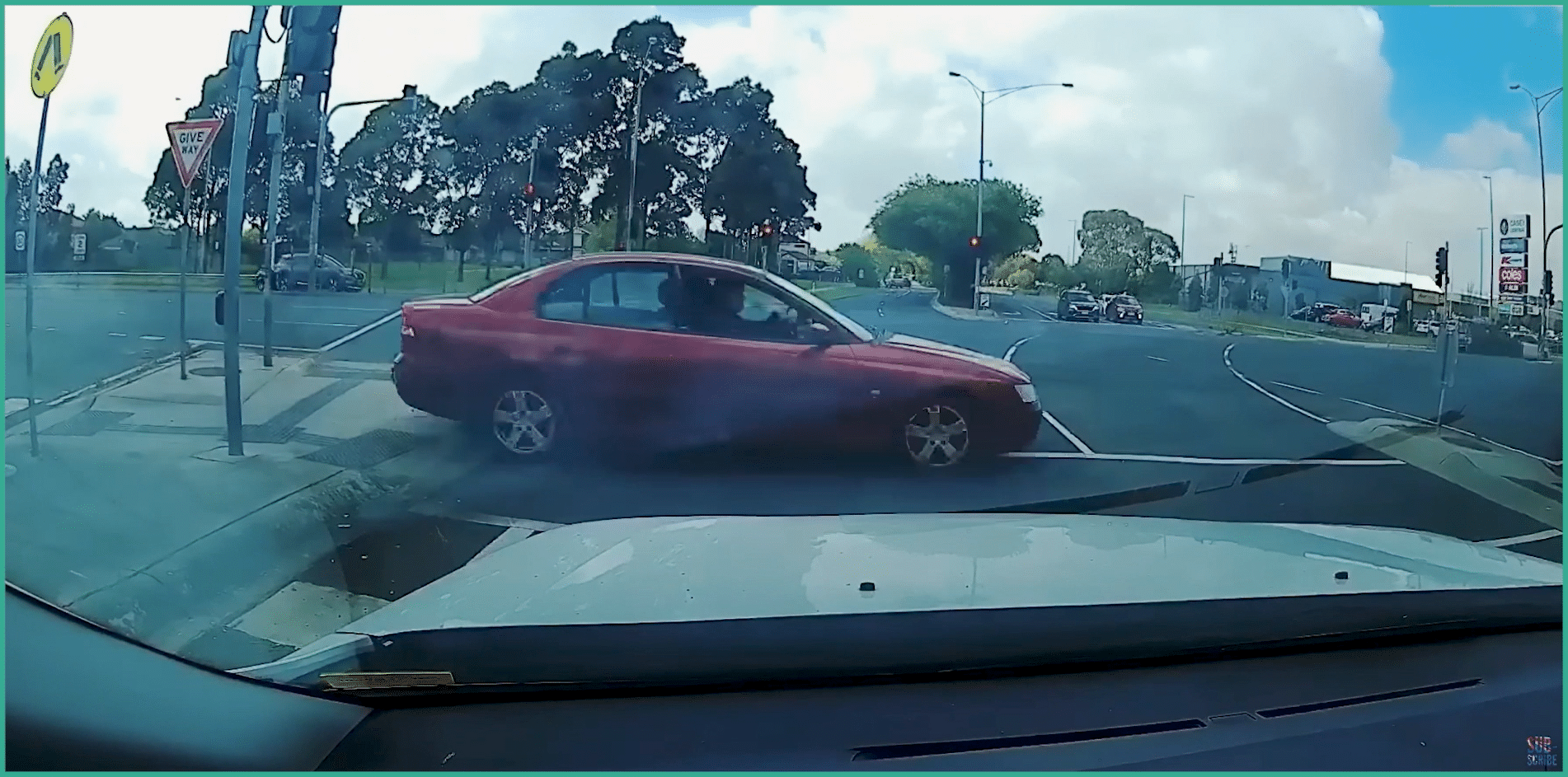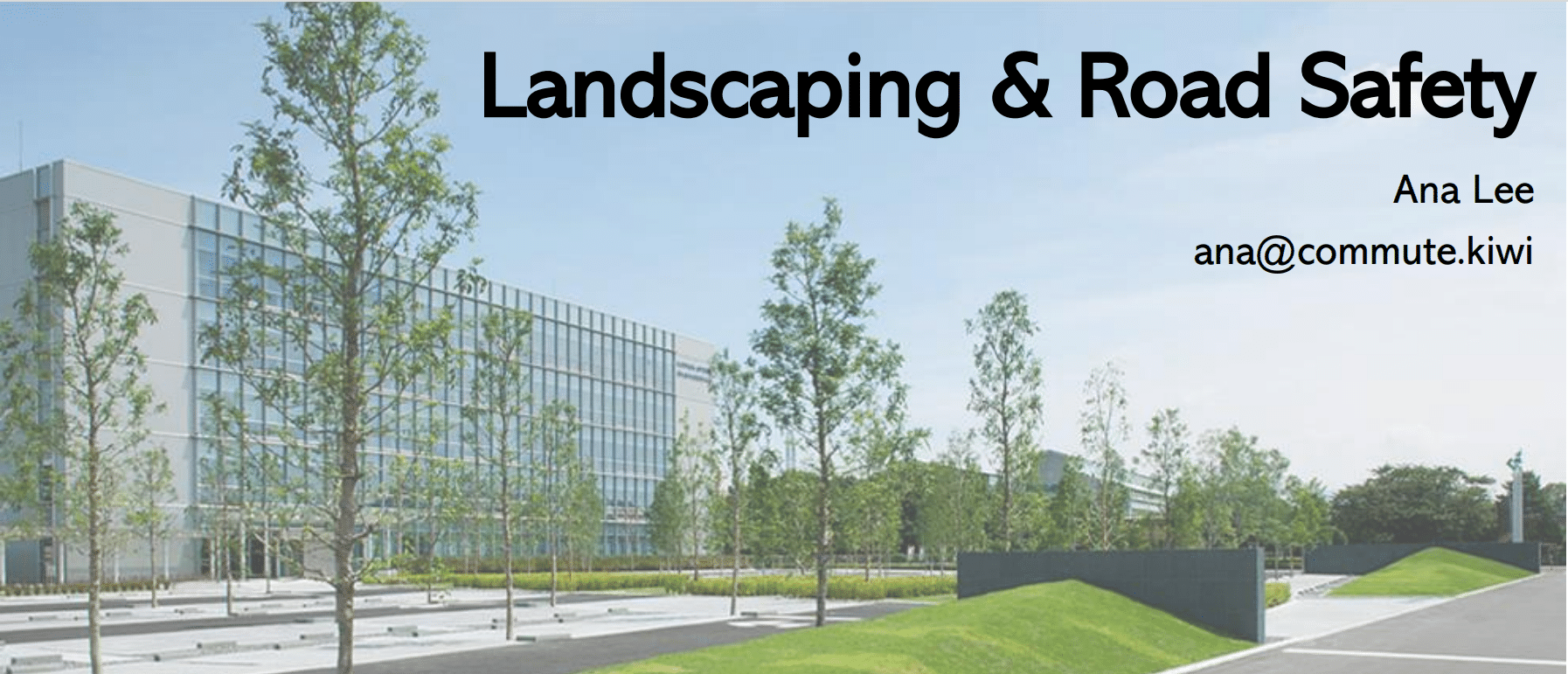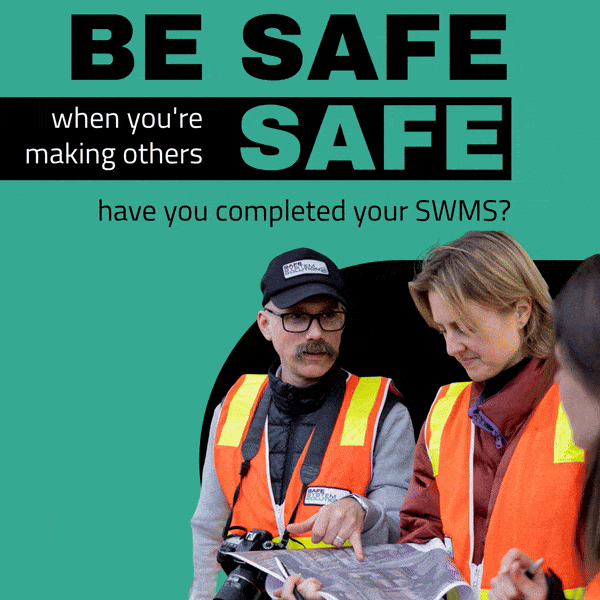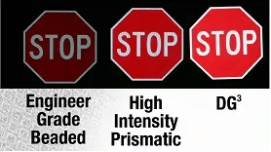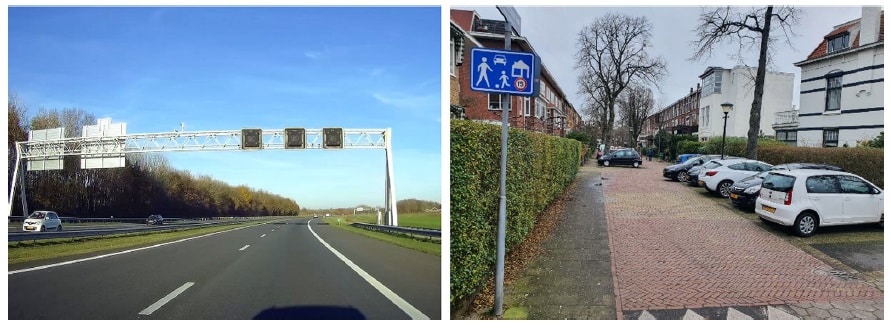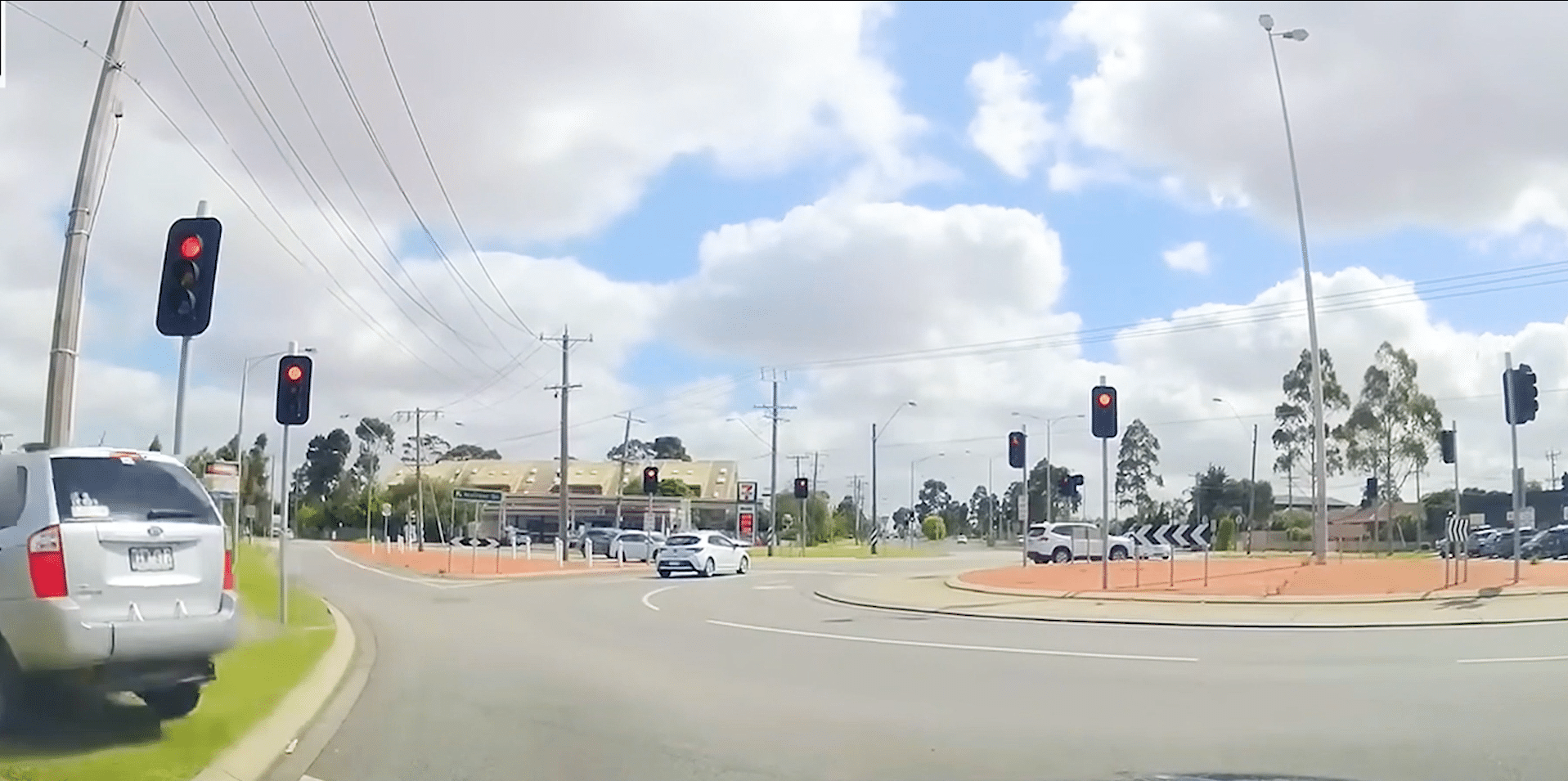Latest News
Safe System Snippet 321: We love a raised safety platform
If you’ve been following us for a while, you know we love a raised safety platform. Here’s another case study/fact sheet to add to the collection. Thanks Waka Kotahi – New Zealand Transport Agency.
Safe System Snippet 320: Car vs Tram
Melbourne boasts the world's largest tram network, however, sharing the road with cars presents many safety challenges. A study by Monash University (Naznin et al.: Exploring the impacts of factors contributing to tram-involved serious injury crashes on Melbourne tram...
Safe System Snippet 319: Active Advanced Warning Signs (AAWS)
Active Advanced Warning Signs (AAWS) have been shown to reduce risk at railway level crossings by effectively alerting road users to the presence of a train in advance of the crossing. They are particularly useful and effective in adverse weather conditions, where...
Safe System Snippet 318: High Profile Barrier Kerbs
There are a variety of High Profile Barrier Kerbs available. Midwest profile has been tested under NCHRP 350 Test Level 2, vehicle speed 70km/h, impact angle 25 degrees and vehicle mass 2000kg. VicRoads RDN03-01 states it should only be considered where operating...
Safe System Snippet 317: Speed management interventions
“While studies show the education on road safety in schools does improve knowledge [1], there is no evidence that this knowledge changes the safety level of on-road behaviour [2]. There even is a risk that increased knowledge increases confidence and risk-taking. Even...
Safe System Snippet 316: ‘Safe Drivers’
Nearly 60 per cent of serious injury crashes in Victoria involved driver(s) that were defined as ‘Safe Driver(s)’ in the ECIS. They were: Wearing a seat belt Within the speed limit Not handling a mobile phone. Within the BAC for their licence class Not using...
Safe System Snippet 315: Thank all the SES volunteers
Emergency service personnel are passionate about the life saving properties of road safety barriers. Roadside and median barriers prevent serious injuries and deaths on the roads. We want to thank all the SES volunteers out there working tirelessly to protect our...
Safe System Snippet 314: Rural roundabouts
Roundabouts are the best at-grade intersection form for rural areas when we look at protecting the travelling public. The reasons for the super safety levels at roundabouts in rural areas are: Fewer conflict points in comparison to conventional intersections. The...
Safe System Snippet 313: The heightened risks motorcyclists face on the road
This recent viral video serves as a stark reminder of the heightened risks motorcyclists face on the road, where even minor errors can have potentially devastating consequences. Due to their lack of protective enclosure, motorcyclists are classified as vulnerable...
Safe System Snippet 312: Wide centerline treatments
Wide centerline treatments can reduce cross centerline fatal and serious injury crashes by up to 30%. Often lanes can be narrowed to accommodate the treatment and the wide centerline is best complemented with audio tactile edge line and centerline. While a central...
Safe System Snippet 311: Sharing the Road: Trucks and Bikes in Urban Areas
Two transport modes that continue to grow in volume in urban areas are bikes and trucks. While this presents exciting opportunities for sustainable mobility and economic growth, it also raises concerns about safety. A 2018 study by Pokorny et al., titled: Conflicts...
Safe System Snippet 310: Road maintenance envelope
A road maintenance envelope should be maintained to ensure that larger vehicles can safely travel along a route without striking vegetation. The envelope extends over the roadway and shoulder and is expressed as the vertical clearance. While the dimensions may vary...
Safe System Snippet 309: Fear tactics don’t work in road safety
The main difficulty with fear appeals are that they are least effective among those people who most need to change their behaviour. Less risky people who are already motivated to behave safely are more likely to accept the fear appeal message. In contrast, for the...
Safe System Snippet 308: Errors and Violations
Even the best drivers make mistakes. But are all mistakes created equal? The Safe System acknowledges the human reality that we’re all flawed, but we can unpack aberrations on the road into the categories: errors and violations. Back in the 90s, Reason and colleagues...
Safe System Snippet 307: Road Safety Audit course research assignment
In our live online Road Safety Audit course, participants are required to undertake short research assignment into a road safety topic. This helps them explore and understand their assigned topic, and they get to view all the other participants’ assignments across...
Safe System Snippet 306: Keeping the safety people safe
So, you've completed our Road Safety Audit or Safe System Assessment course and you're ready to do your first audit/assessment. But how do you make sure you're safe out there? It’s far more than just a hi-vis vest. First – you must get in the practice of doing a job...
Safe System Snippet 305: Retroreflectivity, what is it and why is it important?
“Retroreflectivity”, try saying that 3 times! So, what is it and why is it important? Retroreflectivity is what occurs when a surface reflects light back to its source. As engineers, we like to harness this phenomenon in traffic signs to improve their visibility on...
Safe System Snippet 304: Have you ever heard of a self-explaining road?
Have you ever heard of a self-explaining road? Why don’t we explain what a self-explaining road is: Theeuwes and Godthelp published a paper in 1995 called “Self-explaining roads” with the overall notion that roads should be easily understood by the road user, in...
Safe System Snippet 303: Signalised Roundabouts
Roundabouts reduce casualty crashes by around 75%, but conventional traffic signals only reduce casualty crashes by around 45%. But why not have both? It is quite common for roundabouts to be replaced with traffic signals when the opposing movements become too...
Safe System Snippet 302: Do overtaking lanes always improve safety?
Overtaking lanes (also called passing lanes) are often a go-to road safety solution for areas with high head-on crash rates. But will the addition of an overtaking lane actually improve safety? Firstly, we need to understand that only a very small fraction of head-on...

